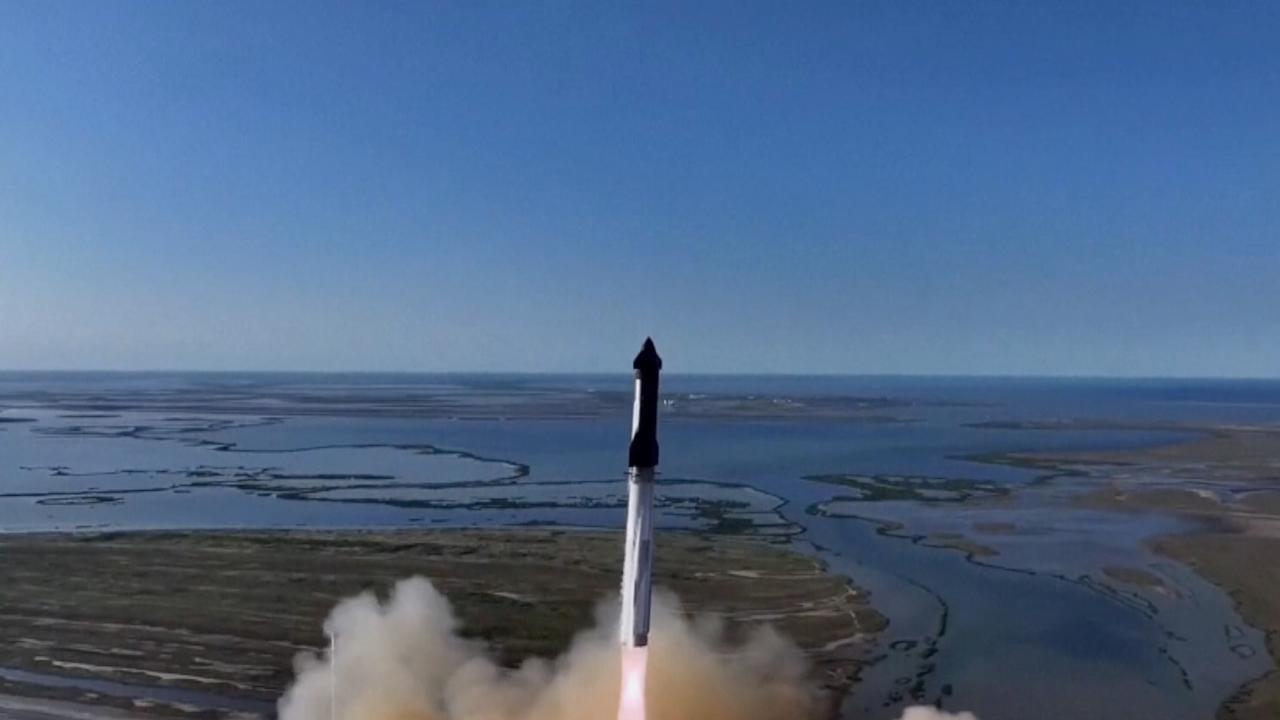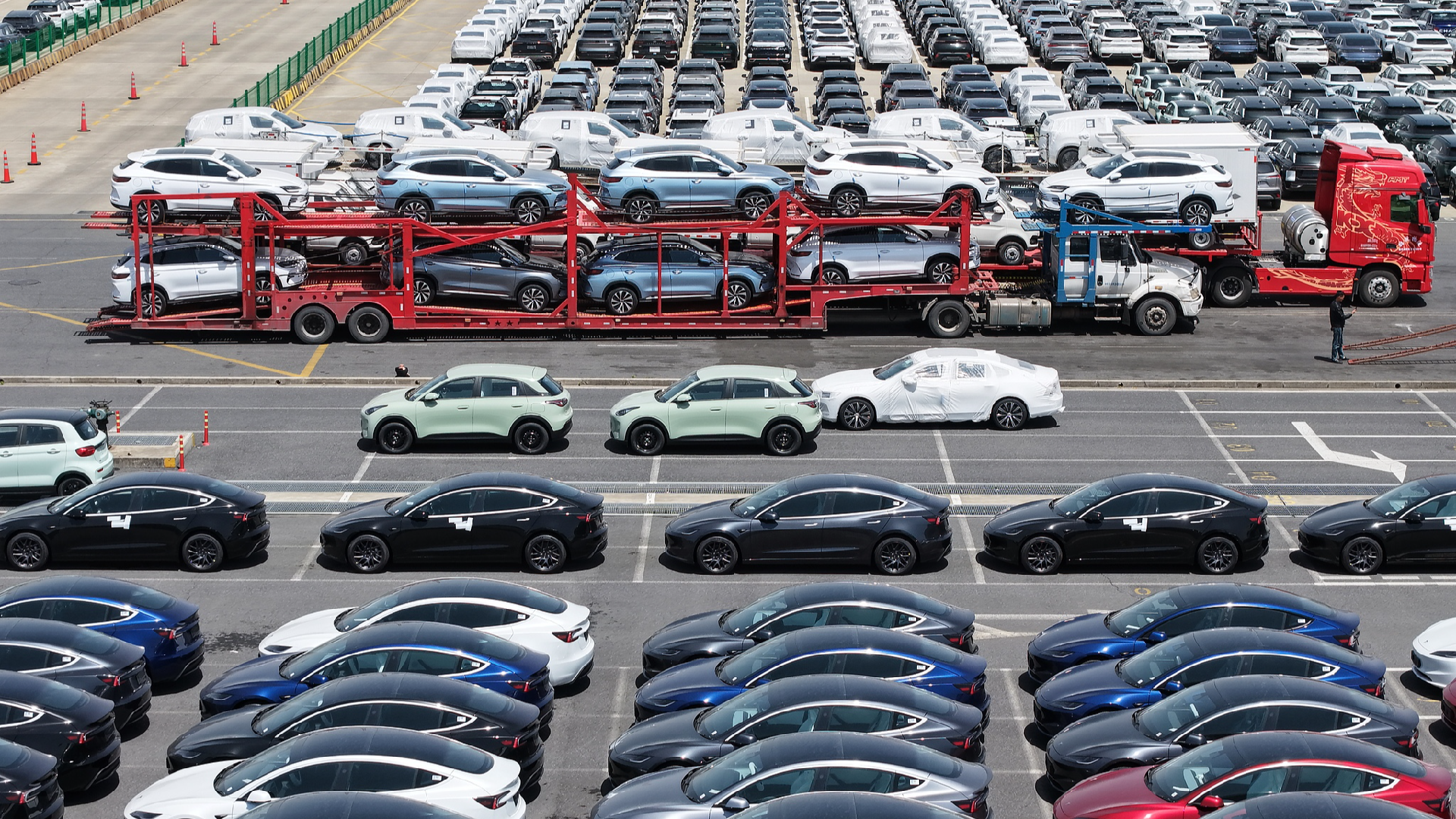SpaceX Launches Starship Rocket, Aborts Attempt to Catch Booster
SpaceX successfully launched its Starship rocket; however, the attempt to catch the booster was aborted.

In contrast to the success of last month’s flight, this time the booster was directed to splash down in the Gulf of Mexico. The decision to forgo the catch was made just four minutes into the test flight from Texas, and the booster splashed down three minutes later. SpaceX spokesperson Dan Huot explained, "Not all of the criteria for a booster catch was met," which is why the flight director opted not to command the booster to return to the launch site. He did not provide specifics on what went wrong.
Meanwhile, the uncrewed spacecraft lifted off from Texas and soared across the Gulf of Mexico, following a near-global loop akin to the October test flight. The bright, retro-style craft aimed for the Indian Ocean, where it was intended to end its hour-long demonstration in a controlled yet destructive manner.
This launch marked another step in testing the world's largest and most powerful rocket, which both SpaceX and NASA plan to use for missions to return astronauts to the Moon and eventually to Mars.
While SpaceX maintained the same flight path as the previous attempt, they revised several procedures and adjusted the launch time to late afternoon to allow for better visibility during the spacecraft's descent halfway around the world.
New objectives for this flight included igniting one of the spacecraft's engines in space, an essential procedure for returning from orbit. Additionally, there were thermal protection experiments included, with certain areas stripped of heat tiles to evaluate the feasibility of using catch mechanisms in those locations for future flights. SpaceX also plans further upgrades for the next test.
In an intriguing development, Donald Trump attended the launch, reflecting the strengthening relationship between the president-elect and Elon Musk, the founder and CEO of SpaceX.
The long-term goal for SpaceX is to achieve full reuse of the entire 121-meter Starship. Such recycling methods would significantly reduce the costs of transporting cargo and people to the Moon and Mars while increasing the frequency of missions. The reuse of Falcon rockets has already proven to save time and money for the company.
NASA is investing over $4 billion in SpaceX for Starship missions aimed at landing astronauts on the Moon in two back-to-back missions later this decade. Elon Musk's vision includes using a fleet of Starships to help establish a city on Mars one day.
This launch was the sixth of a fully assembled Starship in 2023, following three previous attempts that ended in explosions.
Thomas Evans for TROIB News
Discover more Science and Technology news updates in TROIB Sci-Tech












